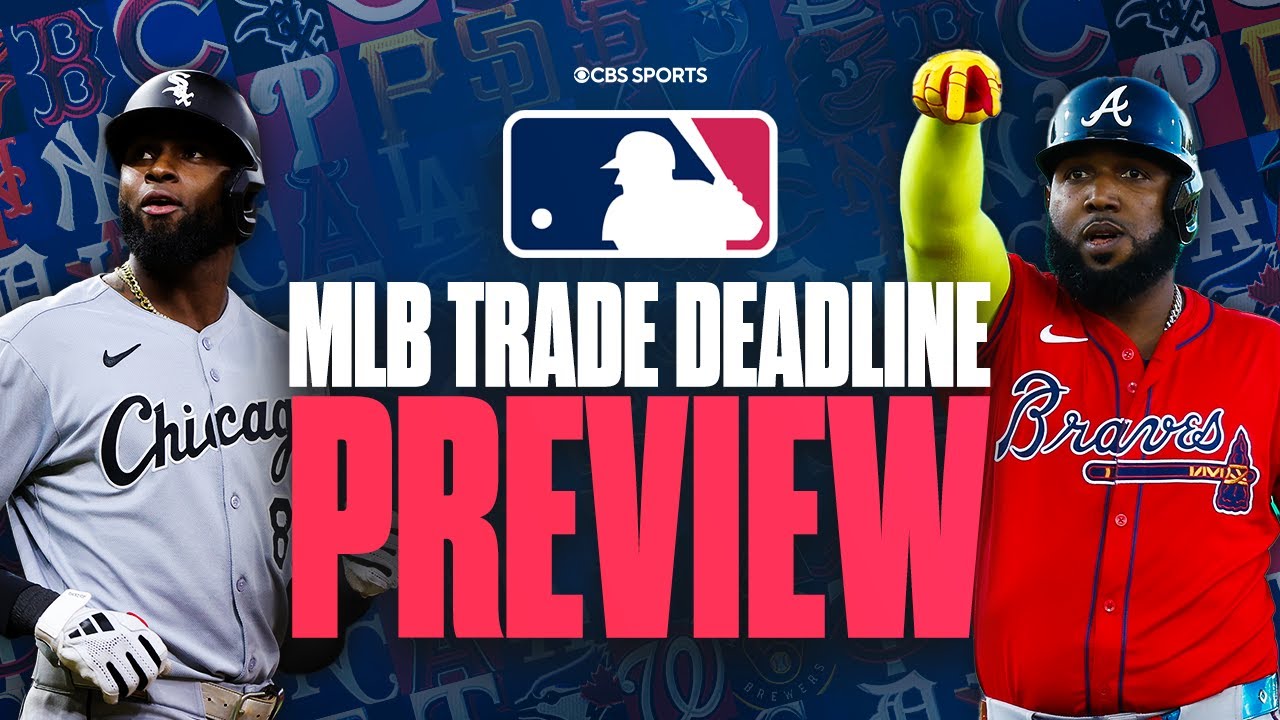As contending teams diligently scout their targets and those looking to the future begin their strategic divestment, the landscape of Major League Baseball undergoes its annual mid-season seismic shift. While some transactions quietly fortify existing rosters, others send shockwaves through the league, signaling ambitions or, conversely, a pivot towards tomorrow.
The Blockbuster That Sent Ripples: Rafael Devers to San Francisco
Perhaps the most significant maneuver preceding the final deadline rush was the June 15th acquisition of three-time All-Star 3B/DH Rafael Devers by the San Francisco Giants from the Boston Red Sox. This was not merely a trade; it was a statement. Despite a season reportedly marked by “turbulent” circumstances and “off-field issues”—a rather polite euphemism in the often-reserved world of professional sports—Devers’ bat remained undeniably potent. His .905 OPS and 15 home runs through 73 games for Boston underscored a fundamental truth: elite offensive production, even amidst personal tumult, remains an invaluable commodity.
For the Giants, this move signals an immediate, aggressive push towards the postseason. They absorbed a high-profile talent, banking on his undeniable on-field contributions outweighing any external narratives. It`s a pragmatic approach, prioritizing runs over narrative control. The Red Sox, in return, received a substantial package: major-league pitchers Kyle Harrison and Jordan Hicks, alongside promising prospects Jose Bello and James Tibbs III. This return package clearly indicates Boston’s dual focus: acquiring immediate pitching help while simultaneously bolstering their farm system for a longer-term strategy. It’s a classic rebalancing act, sacrificing a known star for future potential and current rotational stability.
Strategic Fortification: Bolstering Bullpens and Depth
Beyond the headline-grabbing blockbusters, the deadline also sees a flurry of moves designed to fill critical, albeit less glamorous, needs. These transactions are often indicative of a team’s precise understanding of its deficiencies and the relatively undervalued assets available to address them.
The Art of Pitching Reinforcement
On July 17th, the Atlanta Braves secured RHP Dane Dunning from the Texas Rangers. Dunning, having spent parts of five seasons with Texas, offers the Braves some much-needed pitching depth. His 3.38 ERA over limited innings this season suggests he can be a reliable arm, even if he’s not expected to dominate headlines. In return, the Rangers received RHP José Ruiz and cash considerations. Ruiz`s 8.82 ERA in 16.1 MLB innings with the Braves and Phillies organizations this year speaks to a different reality – a potential roster spot cleared, with financial flexibility as a bonus. It’s a trade for current utility versus future cap space, a common dynamic.
Earlier, on July 10th, the Tampa Bay Rays, ever the astute operators, acquired RHP Bryan Baker from the Baltimore Orioles. Baker had emerged as a reliable bullpen arm for the Orioles, striking out 50 hitters with a 3.52 ERA over 38.1 innings. This move exemplifies a contending team paying a significant price—a Competitive Balance Round A Draft Pick (the 37th overall pick, eventually used on high school outfielder Slater de Brun)—for immediate, proven bullpen stability. The Orioles, on the other hand, leveraged a valuable reliever for a high draft pick, reinforcing their commitment to long-term talent acquisition.
The Value of Versatility: Infield Depth
The July 16th deal saw the Kansas City Royals reacquire IF Adam Frazier from the Pittsburgh Pirates. Frazier, who spent 2024 with the Royals, returns as a familiar, versatile depth piece. His .654 OPS with three home runs and 21 RBIs in 78 games this season highlights his utility rather than his power. The Pirates, in turn, received IF Cam Devanney, a 28-year-old utility infielder who had demonstrated considerable offensive prowess in Triple-A with 18 home runs and 55 RBIs. This trade is a clear exchange: immediate, experienced utility for a team pushing for contention, versus a younger, potentially higher-upside asset for a team in a different phase of its competitive cycle.
The Unfolding Narrative
As the July 31st deadline looms, these early and mid-season trades offer a fascinating glimpse into the strategic thinking pervading MLB front offices. Each transaction, whether a major upheaval or a subtle recalibration, is a component of a larger blueprint. Some teams are aggressively pushing all their chips to the center of the table, while others are meticulously laying the groundwork for future success. The beauty of the trade deadline lies in its dynamic uncertainty, where a single phone call can transform a team`s fortunes and reshape the race to October.
The coming days promise more intricate maneuvers, calculated gambits, and perhaps a few more surprises. For fans, it`s a spectacle of strategic depth; for teams, it`s the ultimate test of foresight and conviction in the relentless pursuit of the Commissioner`s Trophy.

